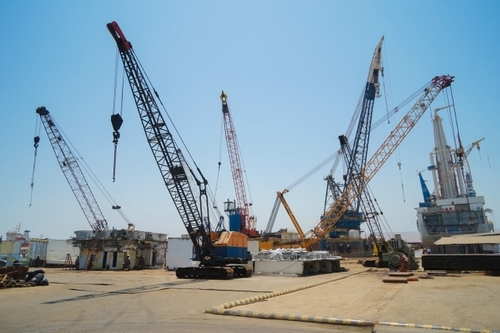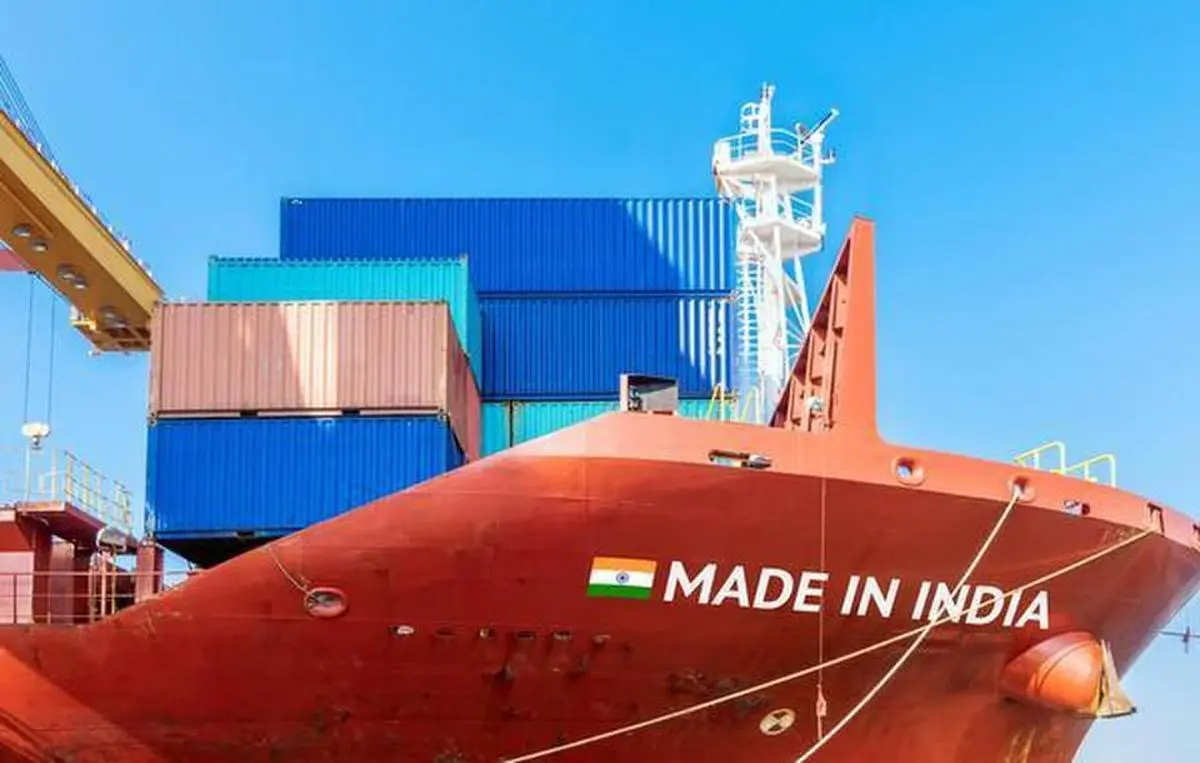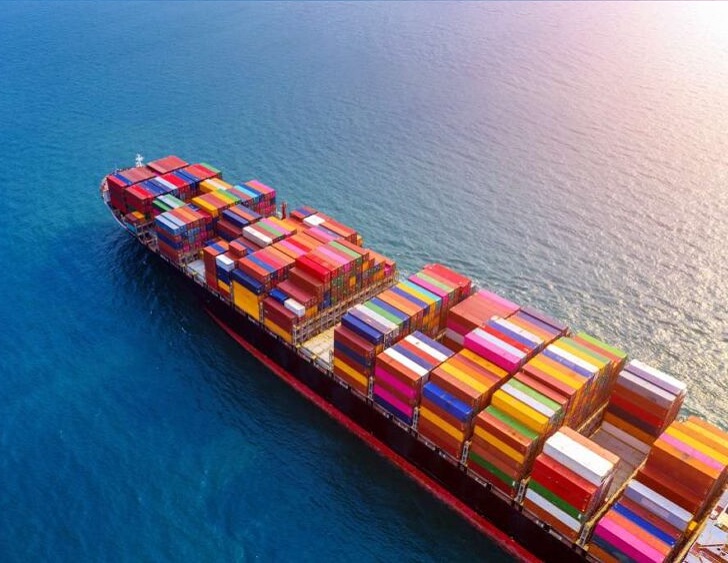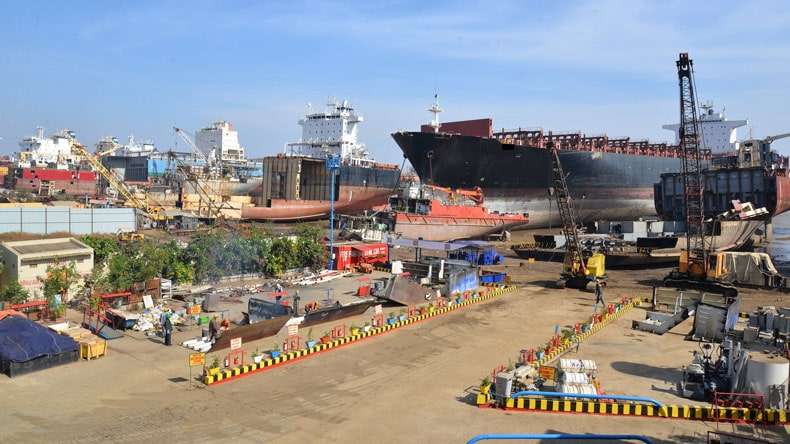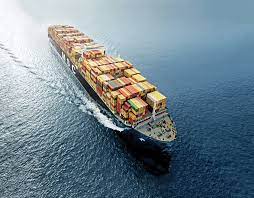The Odyssey of the World’s Largest Ship: From Glory to Graveyard in India
When we talk about the largest or the smallest things in the world, ships often spark a particular fascination—especially the story of the Titanic, a name synonymous with maritime grandeur and tragedy. However, few people know about the vessel that dwarfed the Titanic, a ship that bore many names, survived war, and finally met its end on the shores of India. This is the remarkable tale of the Seawise Giant—a colossal ship whose journey spanned continents, wars, and decades, before finally being dismantled in Alang, Gujarat, in 2010.
A Giant Is Born: The Making of a Maritime Marvel
The Seawise Giant was not just any vessel—it was the largest ship ever constructed in terms of deadweight tonnage and length. Built between 1974 and 1979 by Sumitomo Heavy Industries in Yokosuka, Japan, the ship was originally commissioned by a Greek businessman. However, midway through construction, the deal fell apart, and the vessel remained unsold for some time.
It was then that C.Y. Tung, a shipping magnate from Hong Kong, stepped in. He not only acquired the unfinished ship but also supercharged its design, enhancing its deadweight tonnage to over 564,000 tons. The ship measured an astonishing 458.45 meters (1,504 feet) in length—longer than the Empire State Building is tall and larger than the Eiffel Tower when laid on its side. It was capable of carrying more than 4 million barrels of crude oil. Simply put, it was a floating giant, unmatched in size and capacity.
The ship was initially named the Seawise Giant, a nod to its owner and symbolic of its titanic proportions.
Bigger Than the Titanic
To put its size into perspective, the Titanic was approximately 269 meters long and could carry about 3,547 passengers and crew. The Seawise Giant, in contrast, was nearly twice its length and built solely for industrial use—hauling oil across the oceans. Its immense dimensions made it impossible to pass through vital maritime routes like the Panama Canal or even the English Channel, which restricted its operational geography. Yet, this behemoth carved out a niche for itself on the high seas, ferrying crude oil between the Middle East and the United States.
War and Destruction: The Iran-Iraq Conflict
In the late 1980s, the Seawise Giant found itself entangled in one of the most dangerous maritime zones during the Iran-Iraq War. The tanker was moored at Iran’s Larak Island when it was targeted by Iraqi forces. In 1988, it was hit by Exocet missiles launched from Iraqi aircraft, setting it ablaze and rendering it inoperable. The ship was declared a total loss and sunk in shallow waters.
For most vessels, this would have been the end. But not for the Seawise Giant.
Resurrection in Singapore
After the end of hostilities, a massive effort was launched to salvage and restore the wreck. The damaged ship was towed to Singapore, where an extraordinary repair process began. Approximately 3,700 tons of new steel were used to resurrect the giant. Upon its revival, it was given a new name—Happy Giant—by its new owner, Norman International.
In 1991, the ship returned to active service, a phoenix risen from the ashes of war.
More Name Changes, More Owners
Shortly thereafter, the ship changed hands again. Norwegian businessman Jørgen Jahre acquired the vessel for $39 million and rechristened it the Jahre Viking. For the next decade, this newly named colossus continued to operate, transporting oil across international waters. But times were changing, and so were the economics of global shipping.
The Jahre Viking was so enormous that it became increasingly impractical. Its fuel consumption was astronomical, and it could not dock at many of the world’s ports due to its size and draft. Modern shipping had begun to favor smaller, more agile vessels that could navigate global trade routes with greater efficiency and flexibility.
Final Voyage as a Floating Storage Unit
In the early 2000s, the Jahre Viking was sold once again—this time to First Olsen Tankers, a Norwegian company. It was renamed the Knock Nevis and transformed from a crude oil carrier into a floating storage and offloading unit (FSO). The ship was stationed at Qatar’s Al Shaheen Oil Field, where its enormous storage capacity—4.1 million barrels of crude oil—made it an invaluable asset.
For several years, the Knock Nevis floated silently off the Qatari coast, no longer a traveling giant but still playing a pivotal role in the global oil industry.
The Final Goodbye: Scrapped in India
In 2009, the ship’s operational journey finally reached its end. It was purchased by Amber Development Corporation, renamed Mont, and sailed under its own power for the last time—to Alang, Gujarat, India, the world’s largest ship-breaking yard.
Alang is infamous for its harsh but essential role in the maritime world: recycling and dismantling ships. Here, the Mont was beached and dismantled over the course of a year, with its immense body gradually stripped down for scrap. Workers painstakingly took apart what was once the largest moving object ever built by human hands.
By 2010, the ship that had changed names, dodged death in war, and conquered the oceans, was reduced to scrap metal—its 36-ton anchor preserved in the Hong Kong Maritime Museum as a relic of its storied past.
Legacy of the Seawise Giant
Though the Seawise Giant no longer plows through the oceans, its legacy remains formidable:
-
It holds the record for the largest ship by deadweight tonnage and length.
-
It is a case study in engineering brilliance, commercial ambition, and the fragility of human achievement.
-
It symbolized a bygone era when bigger was better, even if not always practical.
In a time when environmental regulations, economic viability, and technological innovation define modern shipping, vessels like the Seawise Giant serve as monuments to human aspiration and the limits of scale.
Why It Matters Today
As the world transitions to more sustainable and efficient maritime practices, the story of the Seawise Giant is a reminder of the trade-offs involved in building bigger and bolder. It showcases how technology and ambition can combine to create marvels, yet also how economic and geopolitical shifts can render even the most awe-inspiring machines obsolete.
Its journey from the drawing boards of Japan to the beaches of India encapsulates the life cycle of industrial giants—from invention and innovation to redundancy and recycling. Today, as we build cleaner, greener ships for a better tomorrow, the Seawise Giant remains a towering figure in the annals of maritime history.
From Seawise Giant to Mont, from missile strikes to museum exhibits—this is the odyssey of the world’s largest ship.
Author: shipping inbox
shipping and maritime related web portal




